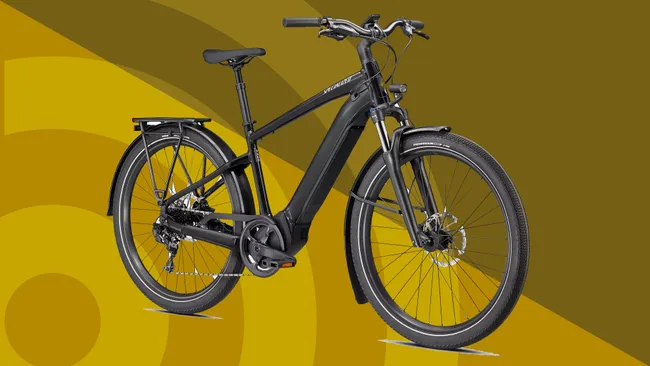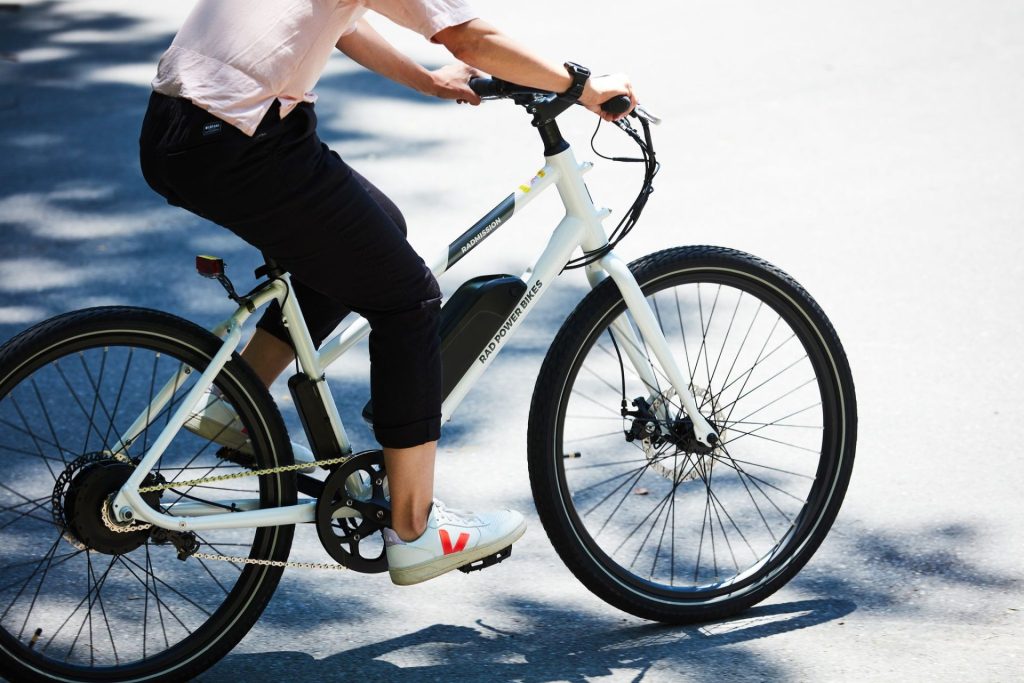Cycling enthusiasts, both beginners and seasoned riders, understand the paramount importance of selecting the right road bike size. It’s not just about aesthetics; the correct size ensures optimal comfort, performance, and safety during every ride.
Understanding Road Bike Sizing
When it comes to road bikes, one size does not fit all. Unlike some other types of bicycles, road bikes have specific sizing considerations that directly impact the rider’s experience. A proper fit is not just a matter of convenience; it can significantly affect your overall cycling enjoyment.

Components of Road Bike Sizing | Road Bike Size Chart
Frame Size: The Foundation
The frame is the backbone of any road bike. Choosing the right frame size is crucial, as it directly influences your riding position, comfort, and control. Before delving into other sizing aspects, start with finding the appropriate frame size based on your height.
Inseam Measurement: Leg Length Matters
Matching your inseam measurement to the bike’s size ensures a comfortable riding position. This step is often overlooked but plays a vital role in preventing discomfort and fatigue during long rides.
Reach and Stack: Influencing Posture
The reach (horizontal distance from the bottom bracket to the top of the head tube) and stack (vertical distance from the bottom bracket to the top of the head tube) contribute to your riding posture. Achieving the right balance between these factors ensures a comfortable and efficient riding position.
Decoding Road Bike Size Charts
Understanding a road bike size chart can be challenging for beginners. Key parameters include frame size, standover height, and top tube length. Different brands may have variations, so it’s crucial to familiarize yourself with these metrics and how they relate to your body measurements.
Road bike size chart
| Height (inches) | Height (cm) | Frame Size (cm) |
|---|---|---|
| 4’10” – 5’3″ | 148 – 160 | 46-50 (Extra Small) |
| 5’3″ – 5’5″ | 160 – 165 | 50 – 52 (Small) |
| 5’5″ – 5’7″ | 160 – 165 | 52 – 54 (Small – Medium) |
| 5’7″ – 5’9″ | 170 – 175 | 54 – 56 (Medium) |
| 5’9″ – 5’11” | 175 – 180 | 56 – 58 (Medium – Large) |
| 5’11” – 6’2″ | 180 – 188 | 58 – 60 (Large) |
| 6’2″ – 6’5″ | 188 – 196 | 60 – 62 (Extra Large) |
Tips for Choosing the Right Size
Test Rides Matter
Nothing beats the experience of a test ride. Visit a local bike shop and take prospective bikes for a spin. Pay attention to how the bike feels in terms of comfort, handling, and overall fit.
Consult with Experts
Don’t hesitate to seek advice from knowledgeable staff at bike shops. They can provide valuable insights based on your body measurements, riding style, and preferences.
Online Tools and Calculators
Take advantage of online sizing tools and calculators provided by reputable bike brands. These can serve as additional resources to fine-tune your decision.
Common Road Bike Sizing Mistakes
Oversizing vs. Undersizing
Choosing a bike that’s too large or too small can lead to discomfort, reduced control, and even injuries. Debunking the myth that a larger bike is always better is crucial for finding the perfect fit.
Addressing Misconceptions
Dispelling common misconceptions about frame size is essential. It’s not just about the length; factors like the seat tube angle and top tube length also contribute to the overall fit.
Advantages of a Properly Sized Road Bike
Investing time in finding the right size pays off in various ways. A well-fitted road bike:
- Enhances comfort during long rides.
- Improves pedaling efficiency.
- Reduces the risk of injuries associated with poor fit.
Addressing Special Considerations
Sizing for Women and Juniors
Women-specific road bikes and junior-sized frames cater to unique body proportions. Understanding these considerations ensures inclusivity and a comfortable fit for all riders.
Custom Sizing Options
For those with non-standard body types, custom sizing options provide a tailored solution. Specialty bike shops and manufacturers offer customization to accommodate specific needs.
Conclusion
Choosing the right road bike size is a critical step in enjoying a comfortable and efficient cycling experience. By understanding the components of sizing, decoding charts, avoiding common mistakes, and considering special considerations, riders can find their perfect fit.
Related Post: The Evolution of the Cervélo S5: A Brief History
Road Bike Sizing FAQs
- How do I measure my inseam for road bike sizing?
- Measure from the crotch to the floor while wearing cycling shoes.
- Can I rely solely on online sizing charts when buying a road bike?
- While online charts are helpful, a test ride is crucial for a personalized fit.
- Are women-specific road bikes necessary, or can I ride a unisex model?
- Women-specific bikes cater to different proportions but aren’t mandatory. Choose what feels best.
- What if I fall between two frame sizes?
- Opt for the smaller size for a more maneuverable ride or the larger size for added stability.
- Are there any adjustments I can make to improve the fit of my existing road bike?
- Yes, minor adjustments like saddle height and stem length can enhance comfort and fit.













